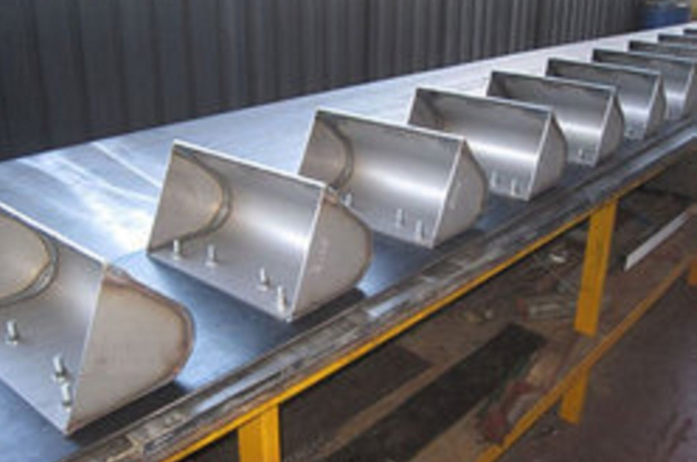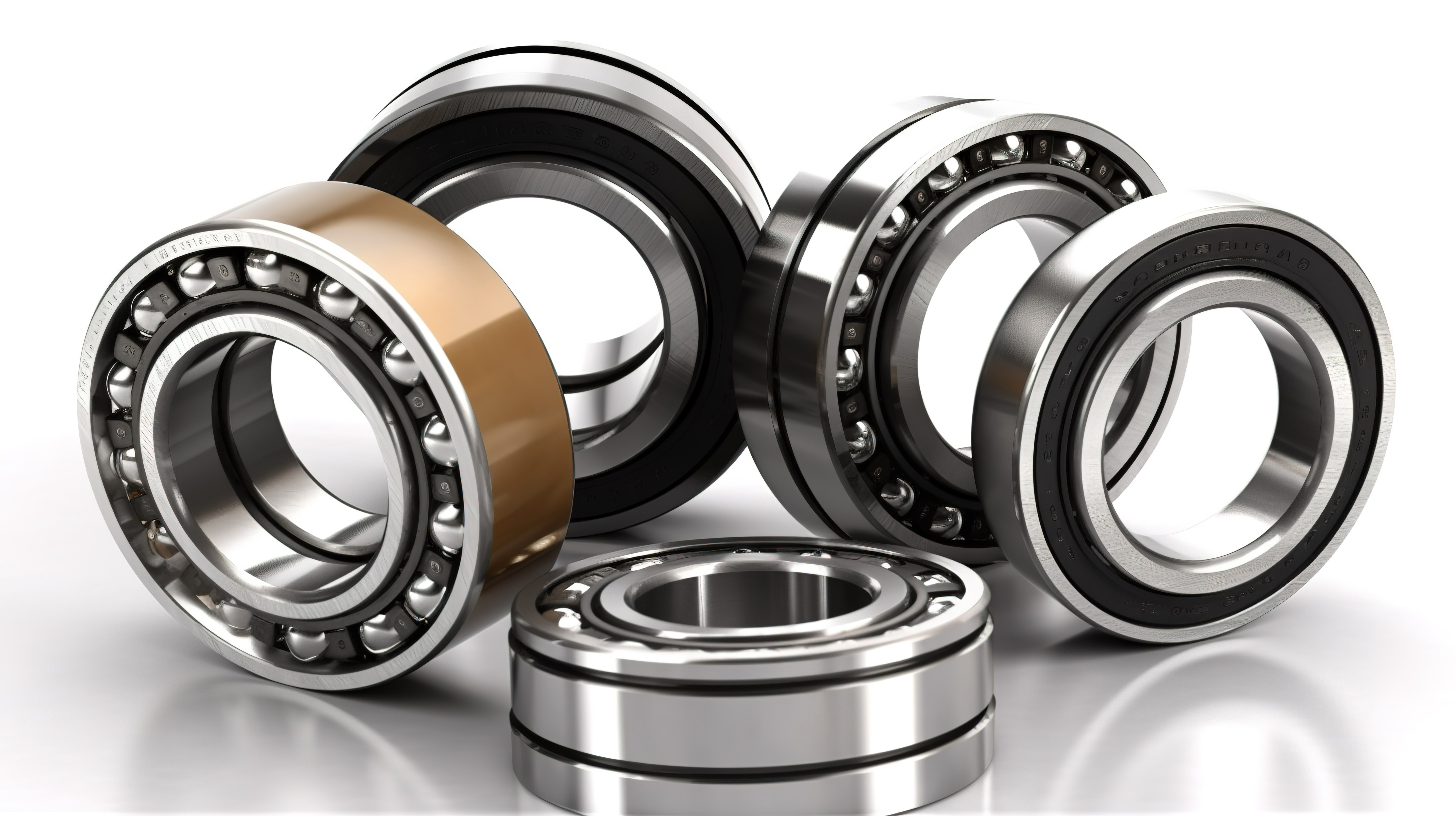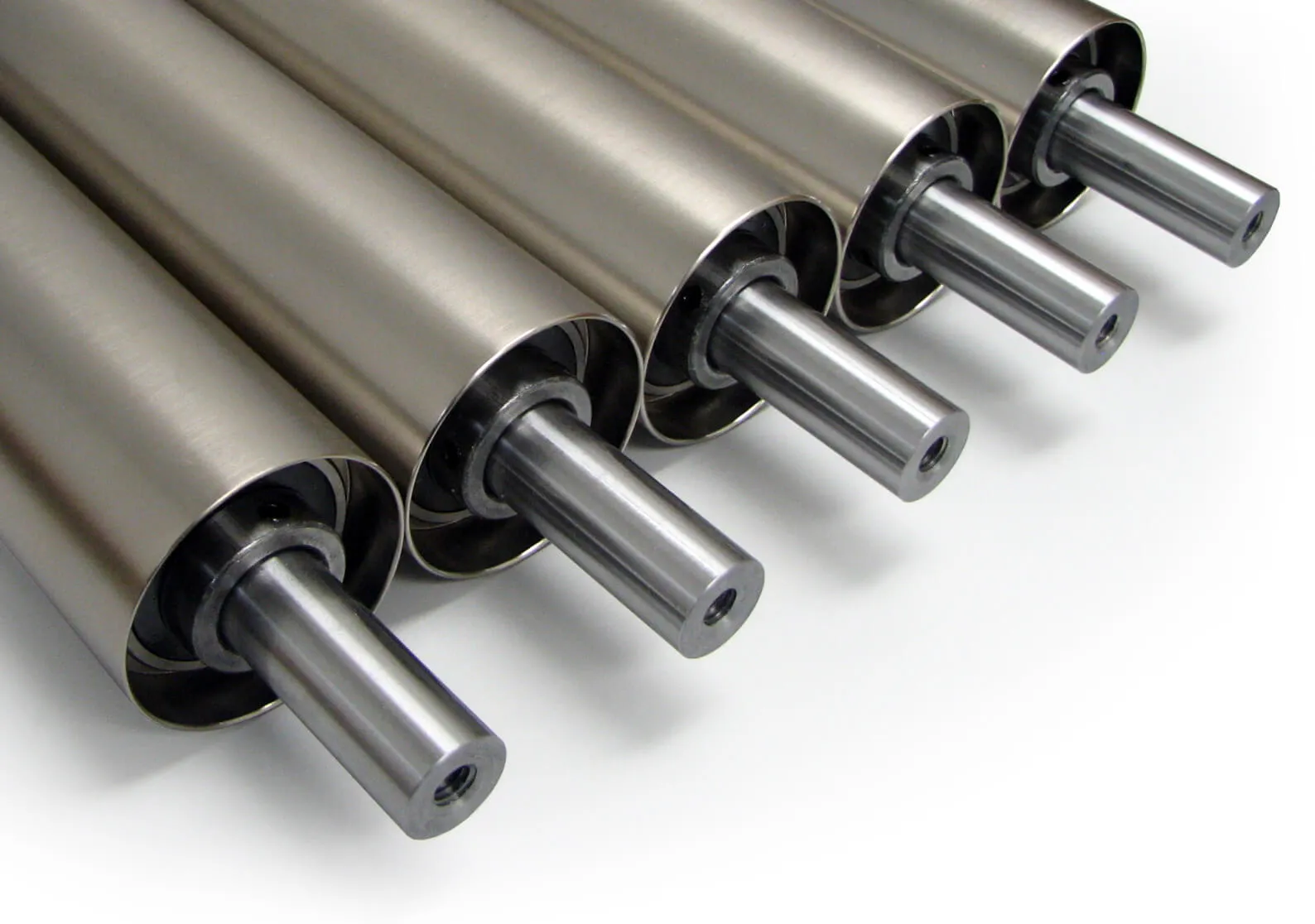
Rollers and Idlers
Rollers and idlers play a crucial role in conveyor systems, providing support, guiding movement, and ensuring the efficient and reliable transportation of materials. Here's an overview of their role, types, material options, durability, and maintenance considerations.
Support and Guidance
Rollers and idlers support the conveyor belt and help guide it along the conveyor structure. They prevent sagging, misalignment, and excess friction, ensuring smooth and efficient material transport.
Reduced Friction
Rollers and idlers reduce the friction between the conveyor belt and the supporting structure, minimizing wear and tear on both components.
Belt Tracking
Idlers are essential for maintaining proper belt tracking, ensuring that the conveyor belt stays aligned and centered on the conveyor frame.
Impact Absorption
Some rollers are designed to absorb impact from heavy or sharp materials, protecting the conveyor belt and extending its lifespan.
Types of Rollers and Idlers
Troughing Idlers
Designed to support the conveyor belt in a troughed configuration, enhancing the belt's carrying capacity.
Return Idlers
Positioned on the underside of the conveyor to support the return run of the belt.
Impact Idlers
Absorb and reduce the impact of large, heavy, or sharp materials on the conveyor belt.
Training Idlers
Adjustments to help maintain proper belt alignment and prevent off-tracking.
Steel Rollers
Commonly used for heavy-duty applications due to their durability and load-bearing capacity.
Plastic Rollers
Lightweight and corrosion-resistant, suitable for applications where weight is a concern.
Rubber-Coated Rollers
Provide additional grip and reduce slippage, particularly useful in incline or decline conveyor systems.
Material Options and Durability
Steel
Known for its strength and durability, making it suitable for heavy-duty applications.
Aluminum
Lightweight and corrosion-resistant, ideal for applications where weight is a critical factor.
Plastic
Offers corrosion resistance and is suitable for applications where weight is a concern.
Rubber
Used for coating rollers to improve grip and reduce slippage.
Maintenance and Replacement Considerations
Regular Inspection
Periodic inspection of rollers and idlers to identify signs of wear, misalignment, or damage.
Lubrication
Some types of rollers may require lubrication to reduce friction and extend their lifespan.
Timely Replacement
Replace rollers and idlers as soon as signs of excessive wear or damage are detected to prevent further damage to the conveyor system.
Alignment
Ensure proper alignment of rollers and idlers to prevent belt tracking issues.
Training
Proper training of personnel for maintenance tasks, including replacement procedures and safety protocols.
In conclusion, rollers and idlers are integral components of conveyor systems, providing support, guidance, and impact absorption. The choice of material, regular maintenance, and timely replacement are essential for ensuring the longevity and efficiency of conveyor systems.
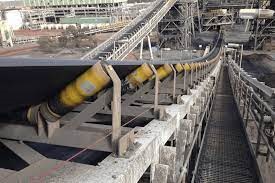
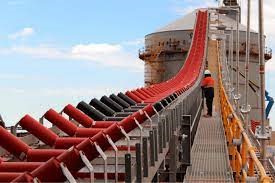
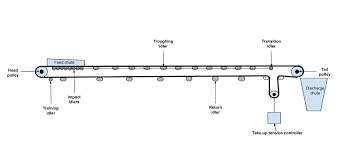
All Products
Our Products
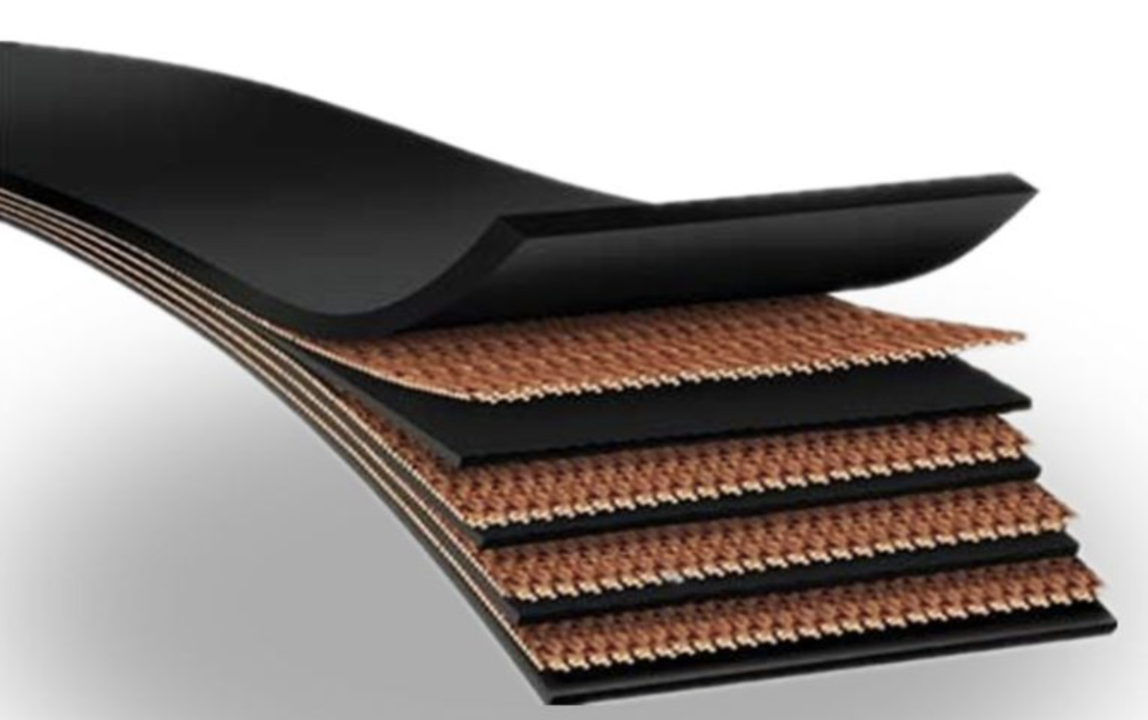
Conveyor Belt
Industrial Rubber Conveyor Belts find use in a wide range of applications in various industries. IEES offers the finest high performance Industrial Conveyor Belts used in transmission, linear
Read More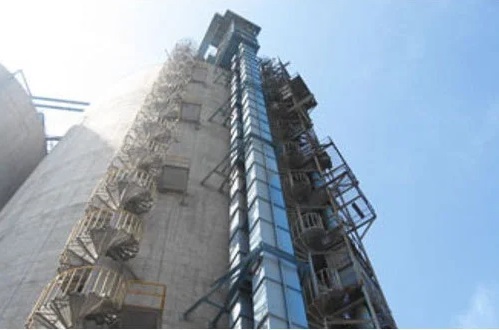
Rubber Elevator Belt
Rubber elevator belts are essential components in elevators used for vertical transportation of bulk materials such as grains, coal, ore, and other products. These belts play a crucial role
Read More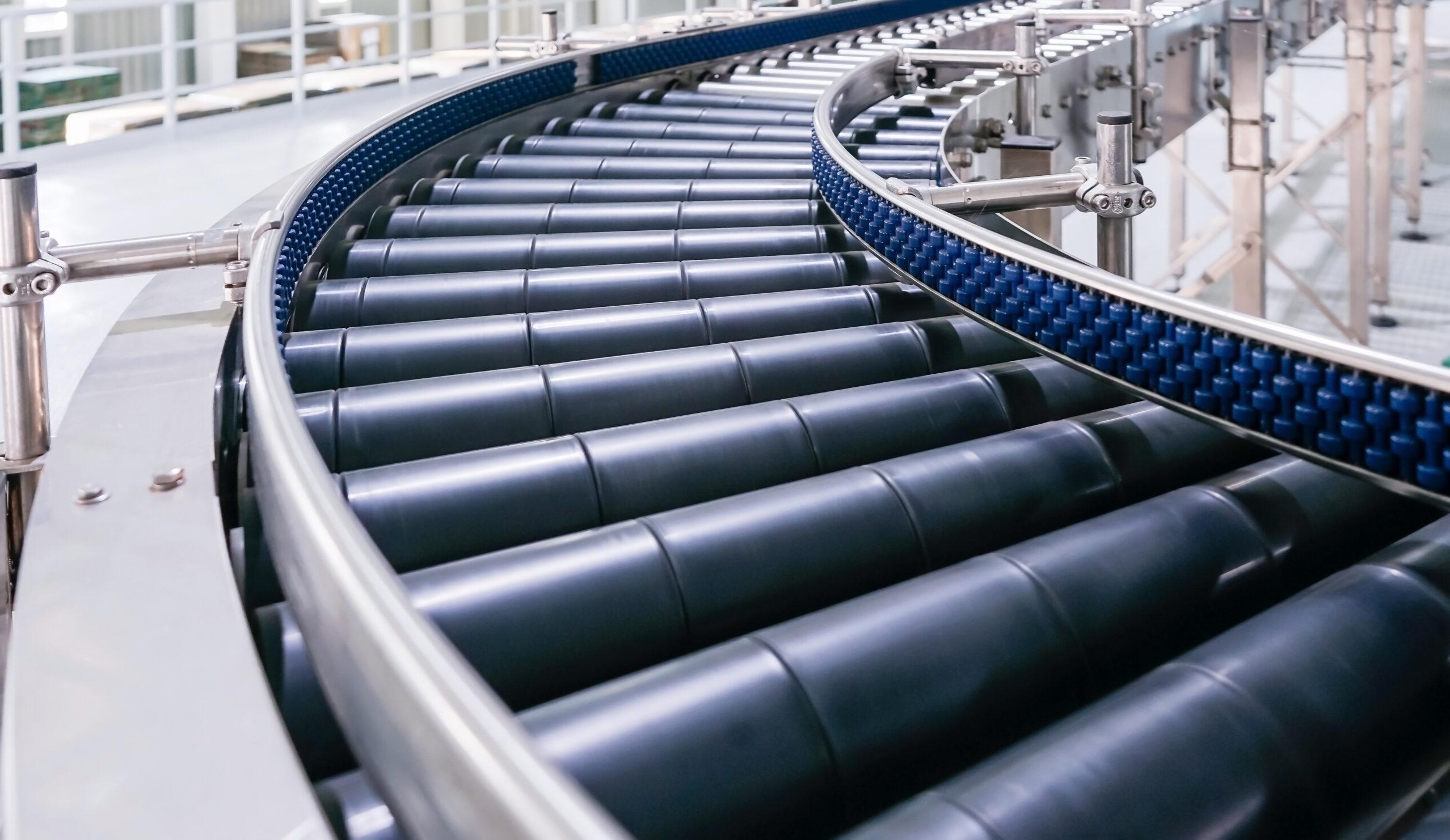
Rollers and Idlers
Rollers and idlers play a crucial role in conveyor systems, providing support, guiding movement, and ensuring the efficient and reliable transportation of materials.
Read More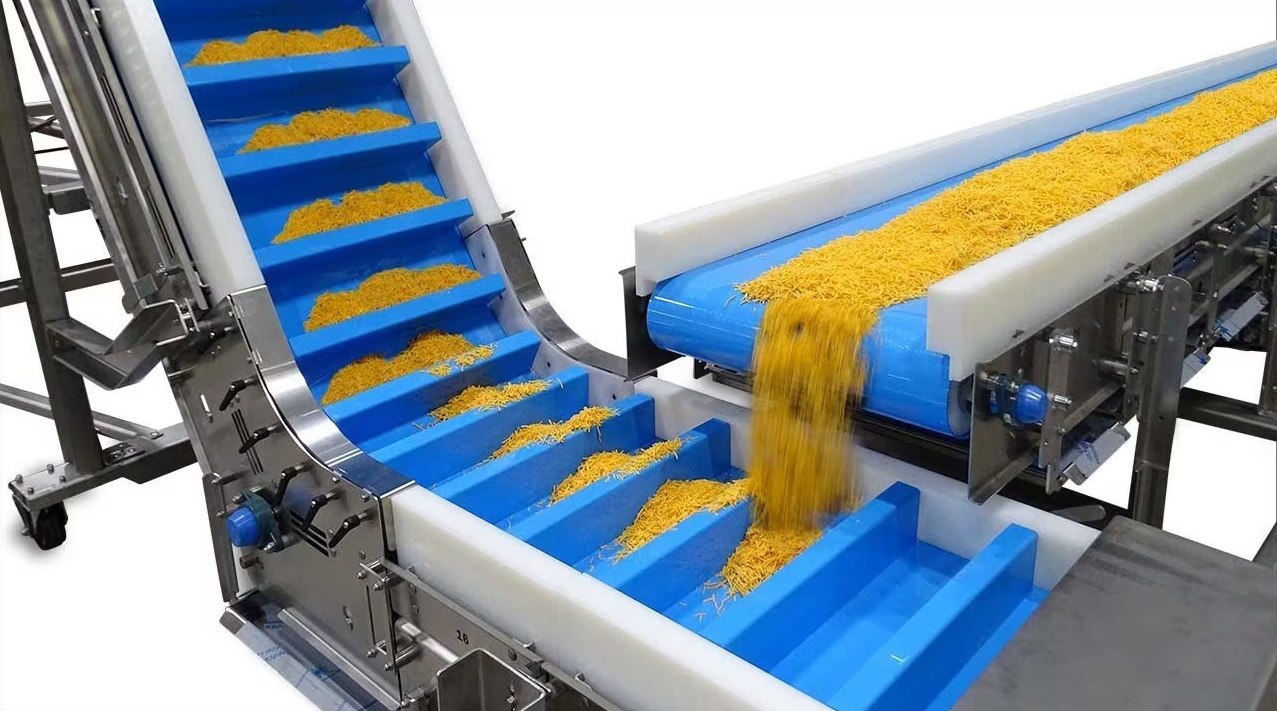
Conveyor System
Conveyor systems are mechanical handling equipment that moves materials from one location to another. They play a crucial role in various industries, such as manufacturing
Read More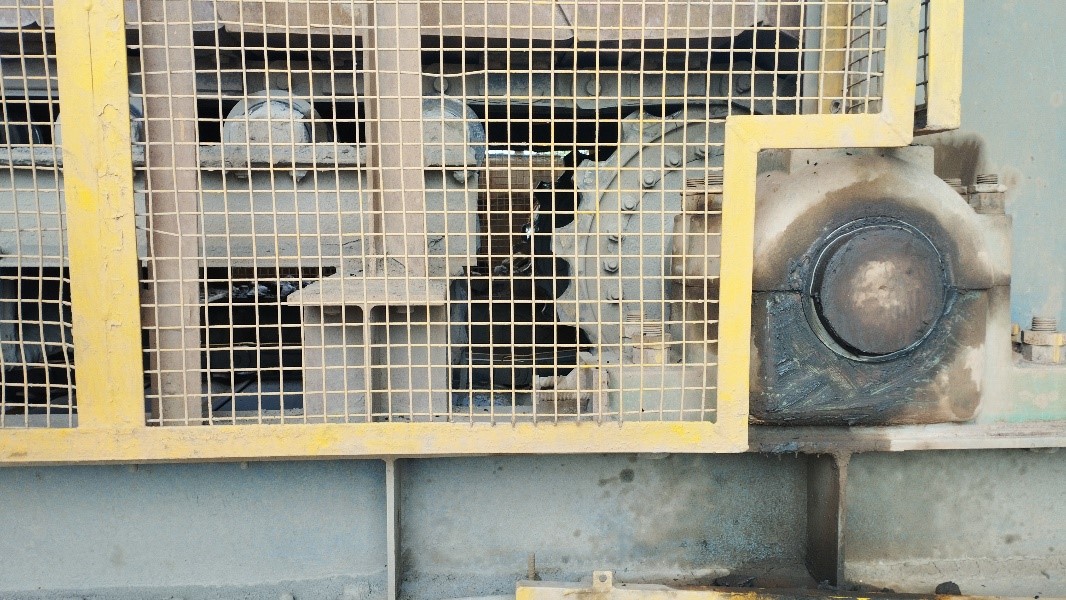
Apron Feeders
Apron feeders are engineered to provide robust and dependable material handling solutions for industries requiring the transportation of heavy and abrasive materials.
Read More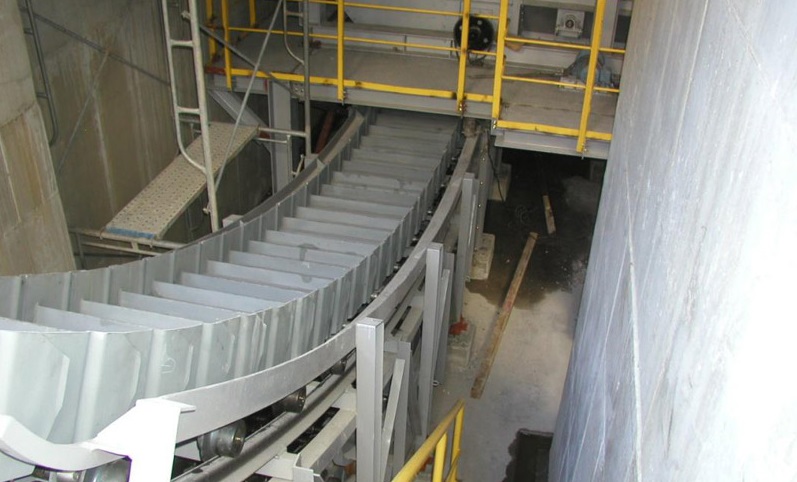
Deep Pan Conveyor
Deep pan conveyors consist of a continuous chain with flights (metal plates) that move through an enclosed trough. The chain is submerged in the material being conveyed
Read More
